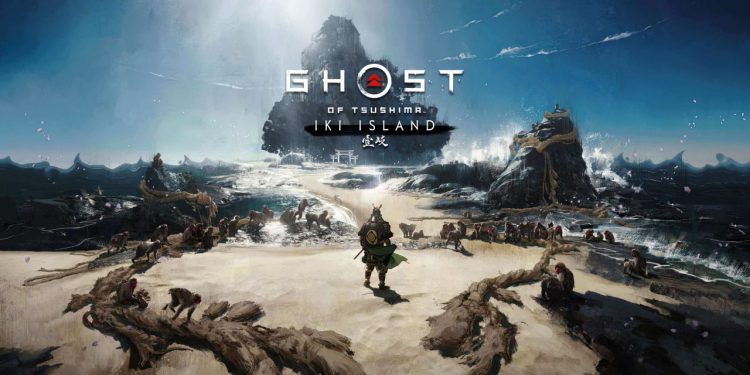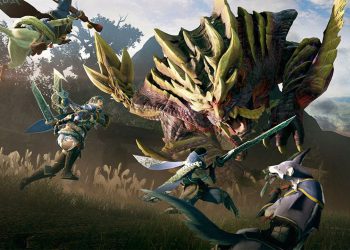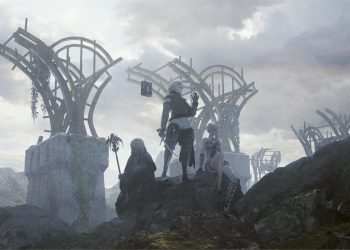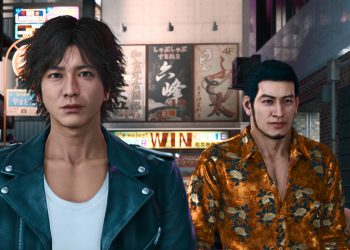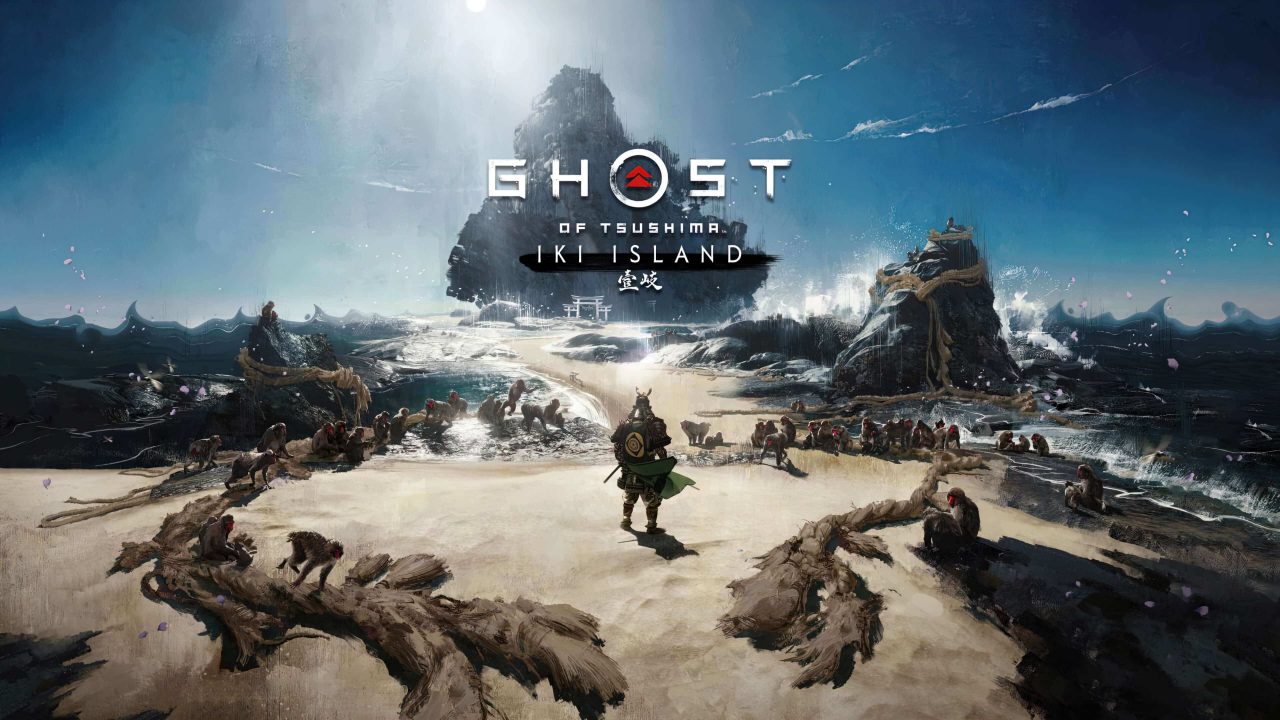
Ghost of Tsushima was among the best games on PlayStation 4 if this launched last July, and today it’s among the best games on PlayStation 5. Although this new version of Sucker Punch’s stylized samurai adventure isn’t a fully-fledged remake constructed from the floor up for next-gen hardware, it’s still an incredibly beautiful game that presently has a big slice of new content for fans to dive into. Ghost of Tsushima Director’s Cut is the first in a new trend of PlayStation Director’s Cuts, which are essentially rebranded complete editions with new content added, and it makes a great first impression.
Ghost of Tsushima Director’s Cut is largely exactly the same game as the original, save for that new expansion and a few quality of life features. Within our original Ghost of Tsushima review, we named it “a masterclass on how to make a wide open world feel palatable and focused while still offering the rewarding progression essential to make it all come together.” We awarded the game a score of four.5/5 and our opinion still stands. This review will focus on the new features of the Director’s Cut and the new Iki Island expansion.

While the Director’s Cut is available on PlayStation 4 and PlayStation 5, the PS5 version does get a few additional features. The most notable is lip sync for Japanese voices, something the initial version didn't have. The DualSense features will also be surprisingly robust. The haptic feedback makes sword strikes feel stronger than ever, and the adaptive triggers are used in interesting ways with the grappling hook and bow.
PS5 players will also get use of 3D audio, although I didn’t notice a improvement in my playthrough. Finally, the PS5 version includes a dynamic 4K resolution targeting 60 FPS, but the PS4 version also runs at 60 FPS in a similar resolution via backward compatibility, so it’s very little of an upgrade. The improved loading time are great, though. While the Director’s Cut improvements are nice, the actual meat of the latest version is the Iki Island expansion.

Iki Island is the very best parts of Ghost of Tsushima rolled into one. It has a great story, gorgeous visuals, and the absolute best side content within the entire game. The island has a smaller footprint than Tsushima, roughly a third the size of the original map, but it’s densely full of quests, activities, and locations to explore. Despite the island’s small size, it contains a number of different biomes from fog-filled forests to beaches with shining turquoise waters. Ghost of Tsushima has already been noted for its stunning visuals, but Iki offers the best vistas hanging around.
Jin journeys to Iki Island looking for a mysterious Mongol shaman known as the Eagle. She's a devoted following and employs a different variety of tactics than Khotun Khan, giving this expansion a very different vibe compared to original Tsushima story. It’s an infinitely more personal story for Jin. Iki is also a samurai-free island occupied by raiders, thieves, and now Mongols, so Jin isn’t necessarily welcomed with open arms when he arrives.
Jin’s personal link with the island is the driving force behind the expansion’s story. He has a brief history with Iki Island. It’s where Fort Sakai is located, and it’s where he watched his father die as a result of bandits. Due to both internalized guilt and interference in the Eagle, Jin is forced to confront his past while also clearing the island of the invading Mongol threat. The Iki Island expansion tells a deeply personal tale for Jin where he struggles with the guilt of his past mistakes, and it’s an incredibly compelling tale.
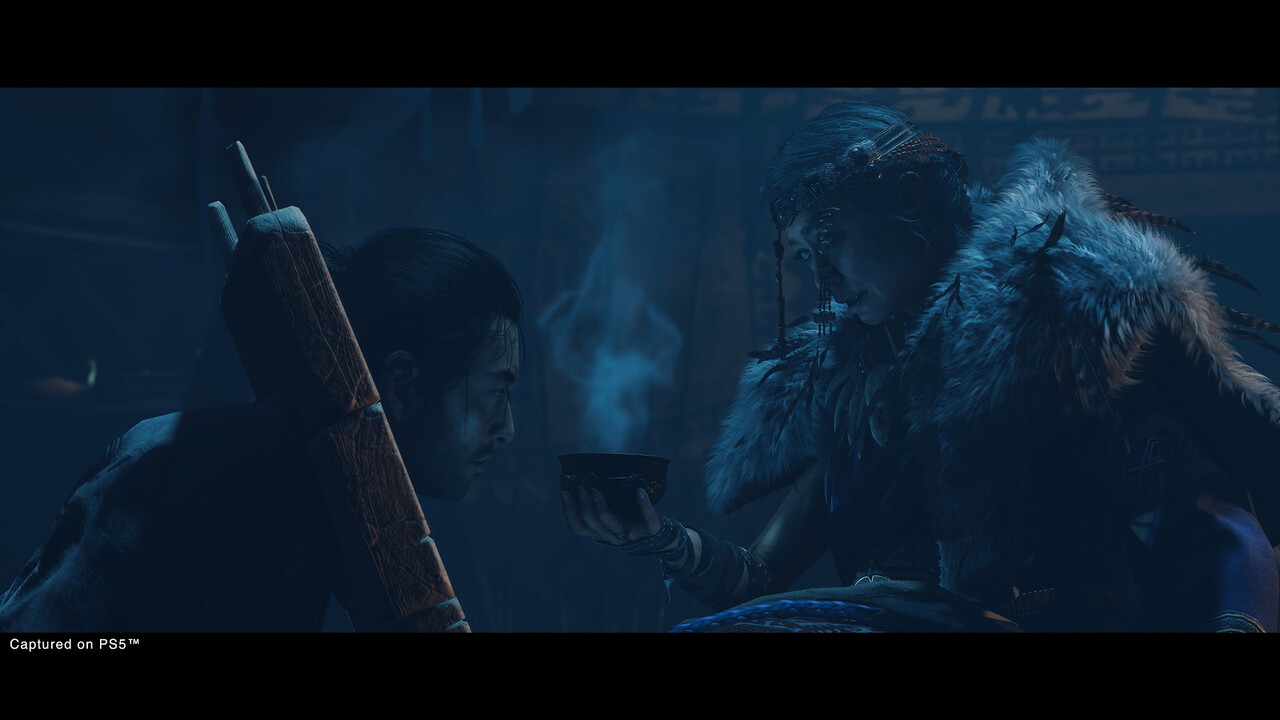
Iki Island is also created for players who are at least somewhat familiar with the game’s combat system and mechanics, so it isn’t afraid to throw difficult combat encounters at you. I don’t know if it was since i was still relearning the controls and finer information on combat since i have haven’t played since last year, however it felt such as the game was throwing larger crowds of enemies at me made up of more varied enemy types. The new duels featured in the expansion are also pretty challenging.
The Iki Island expansion also introduces a new enemy type called Shamans, plus they switch on the surrounding Mongols and make much them more aggressive. Whenever you hear one enter a fight, you need to stop what you’re doing and frantically search for them unless you wish to cope with buffed enemies. They add a fascinating dynamic to combat where charge of the situation can be wrestled away from you if you’re not paying attention. Ghost of Tsushima’s combat already has a lot going on with stances, parries, abilities, and throwables, but Shamans add yet another layer of strategy onto a previously complex combat system.
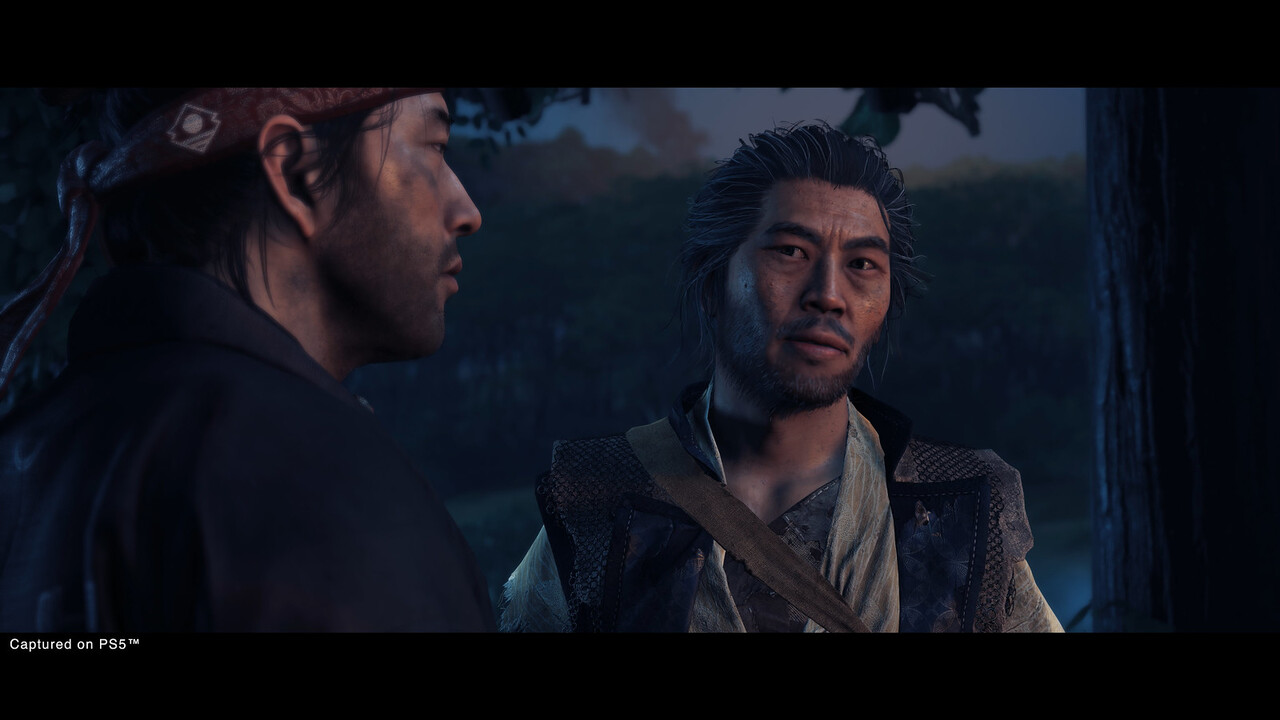
Ghost of Tsushima: Legends, the free multiplayer mode that launched last fall, is also getting new content soon, although I didn’t get the opportunity to test it throughout the review period. When Ghost of Tsushima Director’s Cut launches, Legends will receive an update which will add additional features like a rebalanced survival mode and new weekly challenge variants. On September 3, a brand new mode called Rivals will be put into the sport that pits two teams of two against each other because they compete to clear waves of enemies before their opponents. Gear Mastery will also be introduced into Legends, allowing players to enhance gear even more than before. Again, I didn’t get the opportunity to try the new modes or features for Legends throughout the review, but they’re still worth mentioning as Legends is a superb time.
While the Director’s Cut improvements are appreciated, the Iki Island expansion is the real star of this rerelease. Iki Island distills best wishes parts of Ghost of Tsushima into one focused experience, also it offers an incredibly compelling reason revisit the sport. Ghost of Tsushima Director’s Cut is the best form of a previously great game, and you should absolutely check it out should you skipped it this past year. We are able to hope that future PlayStation Director’s Cuts live up to the standards set by Sucker Punch.


